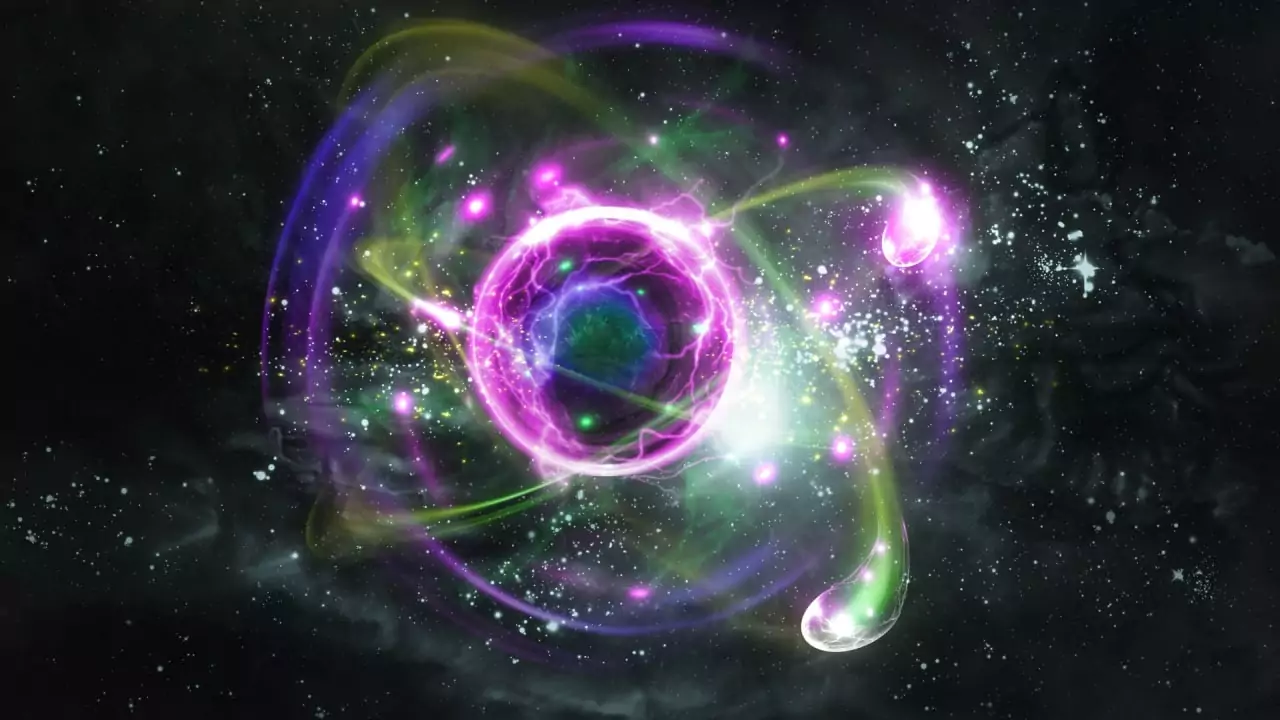Space agency specialists use the Unreal Engine 5 engine from Epic Games to create a virtual reality environment that will help prepare astronauts for life on the Red Planet.
Novice astronauts will be able to simulate various aspects of life on Mars, starting with the construction of a home base, performing its maintenance and ending with riding an all-terrain vehicle with detailed scientific research.
You can design your own scenarios for working on a virtual planet using the NASA XOSS MarsXR Editor.
NASA offers a prize fund of $70,000 to the participant who performs the best actions in five categories:
“Setting up a camp”, that is, the construction of an initial base;
“Scientific research” — everything related to the study of the surface of Mars;
“Maintenance”, including work with automated robots;
“Research”, that is, the creation of tools for movement;
“Blow Our Minds” is something unique and extraordinary.
All successful applications will be added to the Mars XR simulation, which, although still at an early stage, already has 400 square kilometers of Mars terrain programmed with realistic weather conditions, gravity, as well as day and night shifts.
